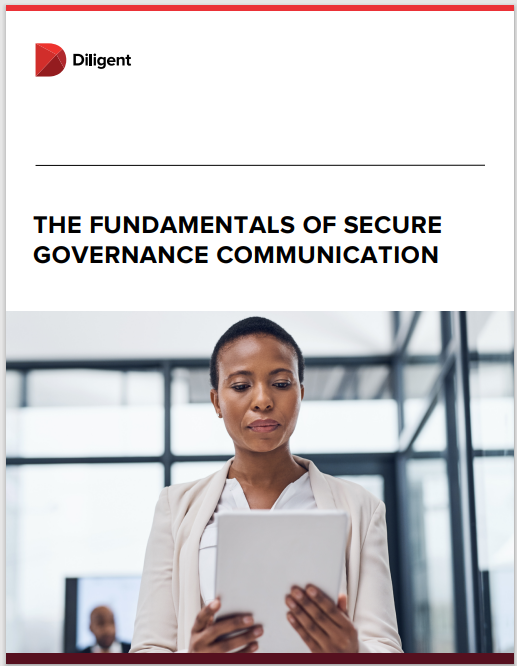

The Fundamentals of Secure Governance Communication
Boards need to be ready for anything at a moment's notice. But being agile and quickly shifting focus as new challenges emerge frequently creates the opening bad actors need to gain access to sensitive materials. A large-scale data breach threatens every aspect of an organization's success: its valuation, its profitability, its brand and its reputation. Despite heightened awareness of data security, data breaches are increasingly the result of internal human error.
According to a recent study from Proofpoint and the Ponemon Institute, insider threat incidents rose 44% between 2020 and 2022. Meanwhile, costs per incident are up by more than a third to $4.35 million with the time required to contain an incident increasing from 77 to 85 days.
To effectively navigate this threat landscape, corporate boards and c-suites need to get ahead of insider risk proactively. That means building up controls to prevent unforced errors and ensure the protection of sensitive data and communications at all times.




